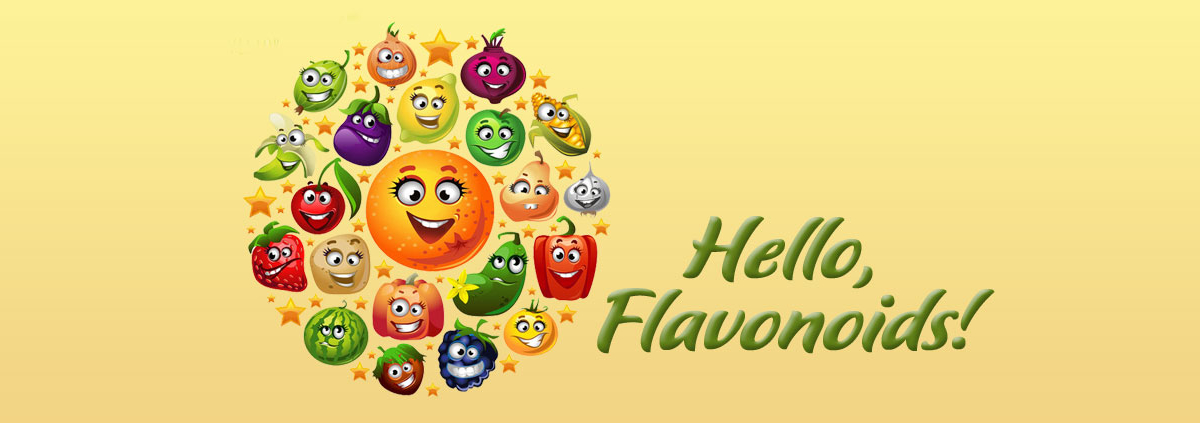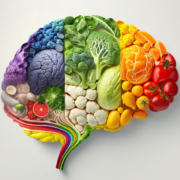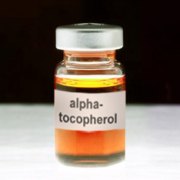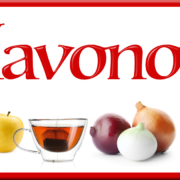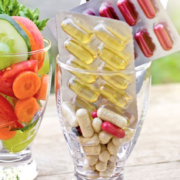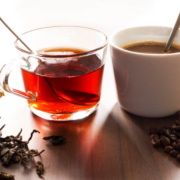Getting Acquainted with Flavonoids
Every vegetable, fruit, and spice we consume in the foods we eat and many substances that we drink contain phytonutrients. Just to make the subject even more complicated, there are different categories of phytonutrients including flavonoids, which are the most prevalent in our diet. Flavonoid intake is linked to reduction of diseases such as cardiovascular disease and cancer.
Here’s an example: turmeric is a spice and one of many plants that contain beneficial phytonutrients. Many of us use a turmeric supplement because it may help reduce pain and inflammation. Turmeric contains three major phytonutrients known as curcuminoids; curcumin is the most familiar.
Researchers wanted to check the flavonoid intake from subjects over nine years old who had completed two 24-hour recalls in two of three NHANES study cycles during 2011–16. Of all the dietary intake techniques in use, the 24-hour recall is the second most accurate available (food diaries are first). They used the dietary data to estimate the flavonoid intake of all subjects. The food or drink consumed with the most flavonoids: tea, although they found that nine year olds don’t drink much of it. But that’s not all they discovered, and I’ll cover that in Thursday’s Memo.
What are you prepared to do today?
Dr. Chet
References:
1. J Nutr 2020;150:2147–2155.
2. https://www.ars.usda.gov/ARSUserFiles/80400525/Data/Flav/Flav_R03-1.pdf

